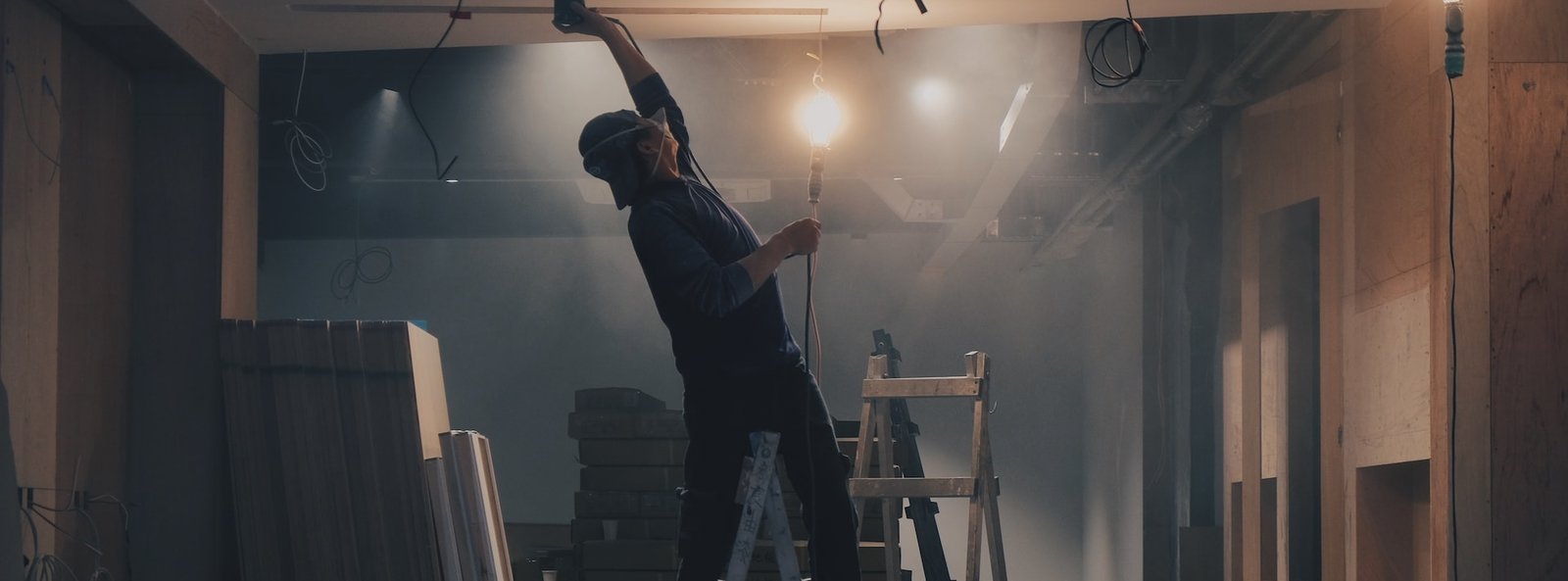A property could be flooded for several reasons, from broken pipes to extreme weather events. Unfortunately, more homes are becoming susceptible to the threat of flooding, as climate change continues to dictate unpredictable weather patterns across the globe.
This makes it all the more important for homeowners to properly protect themselves and their properties against water damage. Whether you live in a high-risk area or not, flooding of any description can have costly consequences. Research suggests that UK residents spend a whopping £1 billion each year on recovery efforts from residential flooding.
Things you need to do when renovating your home after a flood
While this number may sound alarming, knowing the steps you need to take will help you to recover your space faster after a flood and limit the damage sustained. Here are three things you need to do when renovating your home after experiencing a flood.
Dry out your space
Before making any major renovations to your home, the top of your to-do list should be drying out your space. It may sound obvious, but the longer you leave stagnant water or any wet furniture or upholstery lying around the house, the more damage is likely to occur. Time is of the essence after a flood, so as soon as you can, you should start to dry out your property and its contents.
If there’s any stagnant water left on your property, start by pumping this out – be sure to follow government guidelines on where and how to remove flood water from your home. Remember that flooded homes can be dangerous due to the potential for structural damage and the harmful substances often found in the water. With this in mind, leaving the cleaning-up efforts to professionals is always advisable.
Check for mould
Once you’ve dried your property as best you can, you’ll need to thoroughly check your space for mould. Mould can be a major barrier to any renovation plans you have in mind, so checking at this stage is a crucial part of the process. Remember, there may not always be physical signs of mould, since it could grow inside the walls. Professional inspectors can take away samples and get them tested to determine whether or not there may be mould present. You can also use a moisture meter since high moisture levels are conducive to mould growth.
Repair and optimise defences
After a particularly destructive flood, chances are your property’s defences might’ve sustained some damage, rendering them less effective in protecting your home in the future. After you’ve handled the clean-up operation, it’s time to turn your attention to restoring and optimising any defences you had in place.
If you didn’t have much in the way of flood defences before, this is a good opportunity to make more flood-proofing provisions that’ll help to safeguard your property going forward. You can do many things to protect your space, from stocking up on sandbags to changing your garden’s layout.
Act quickly to limit the damage
However you choose to respond to a flood, the most important thing is to act quickly. The sooner you start to recover your home and the items within it, the better chance you’ll have of managing and limiting the damage.
Remember, if you aren’t a homeowner and are renting your property, your landlord will be responsible for managing any renovation and restoration efforts, so make sure you get in touch with them as soon as possible after a flood.





